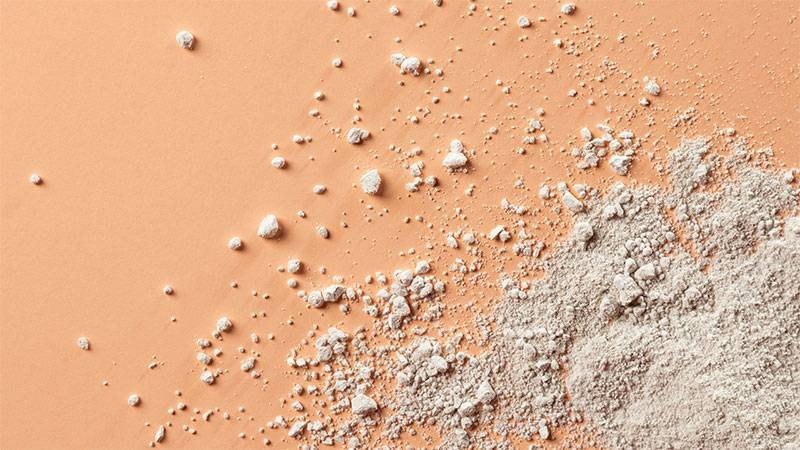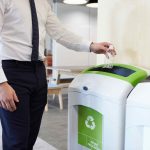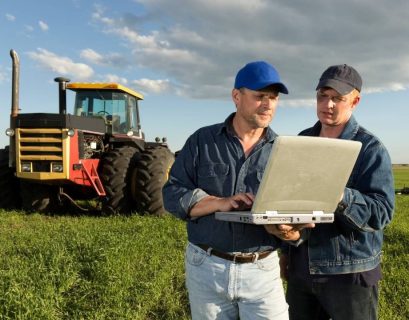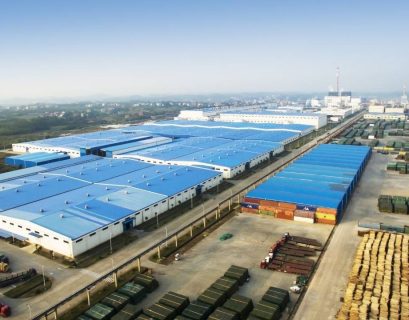Heirloom, a firm situated in Tracy, California, has recently unveiled an inventive climate solution at its latest warehouse. This facility, the inaugural commercial direct air capture (DAC) plant in the United States, employs a distinctive technique utilizing limestone to extract carbon dioxide directly from the air. The process involves storing the captured carbon in concrete, effectively eliminating it from the atmosphere.
The significance of this technology lies in its capacity to confront the escalating concerns surrounding the climate crisis. While the concept of capturing carbon from the air was once considered implausible, it has now gained acceptance among scientists and political leaders as a crucial tool in mitigating climate change. The Biden administration has expressed support by allocating at least $3.7 billion to initiate DAC and other carbon removal projects nationwide.
Heirloom’s approach entails heating limestone to elevated temperatures, breaking it down into carbon dioxide and calcium oxide. The carbon dioxide is then stored in concrete, suitable for construction projects. The remaining calcium oxide is exposed to the open air on trays, naturally absorbing carbon dioxide. This cyclical process is energy-efficient, relying on limestone’s inherent ability to capture carbon molecules from the air.
The impetus behind Heirloom’s initiative originates from its CEO, Shashank Samala, who drew inspiration from his experiences of heatwaves and droughts in southeast India. He aims for Heirloom’s technology to have a substantial and scalable impact on climate change. However, achieving a noteworthy reduction in atmospheric carbon presents a challenge. The current facility can absorb a maximum of 1,000 metric tons of CO2 annually, a fraction compared to the emissions of a gas-fired power plant. Heirloom aspires to remove 1 billion tons of carbon dioxide by 2035, necessitating a significant increase in capacity.
Various tech firms are providing financial support for such scaling up. For instance, Microsoft has entered into a contract with Heirloom to offset its emissions as part of its net-zero goals. Additionally, a fund named Frontier has pledged $46.6 million to Heirloom and another carbon-capture venture.
Heirloom underscores its commitment to environmental values, opting for renewable energy sources and avoiding investments from oil and gas companies. They are particularly cautious about the use of captured carbon, ensuring it doesn’t indirectly contribute to further CO2 emissions.
According to The Guardian, additional support comes from the Department of Energy, which granted Heirloom $600 million to construct a larger facility in Louisiana capable of processing up to a million tons a year. The modular design of their facilities enables scalability by using larger trays and stacking more trays.
Experts acknowledge the challenges of DAC technology, citing its high costs and energy requirements. The process involves moving vast amounts of air to extract a relatively small fraction of carbon, making it a costly endeavor. Despite these hurdles, experts like Brad Sageman, an earth and planetary scientist, stress the importance of exploring all possible solutions to the climate crisis.
Samala envisions a future where the role of direct air capture is widely recognized, similar to how city governments manage waste. He advocates for a societal shift in thinking, urging people to acknowledge the need to pay for the carbon dioxide they produce, marking a significant step towards addressing environmental challenges.


















